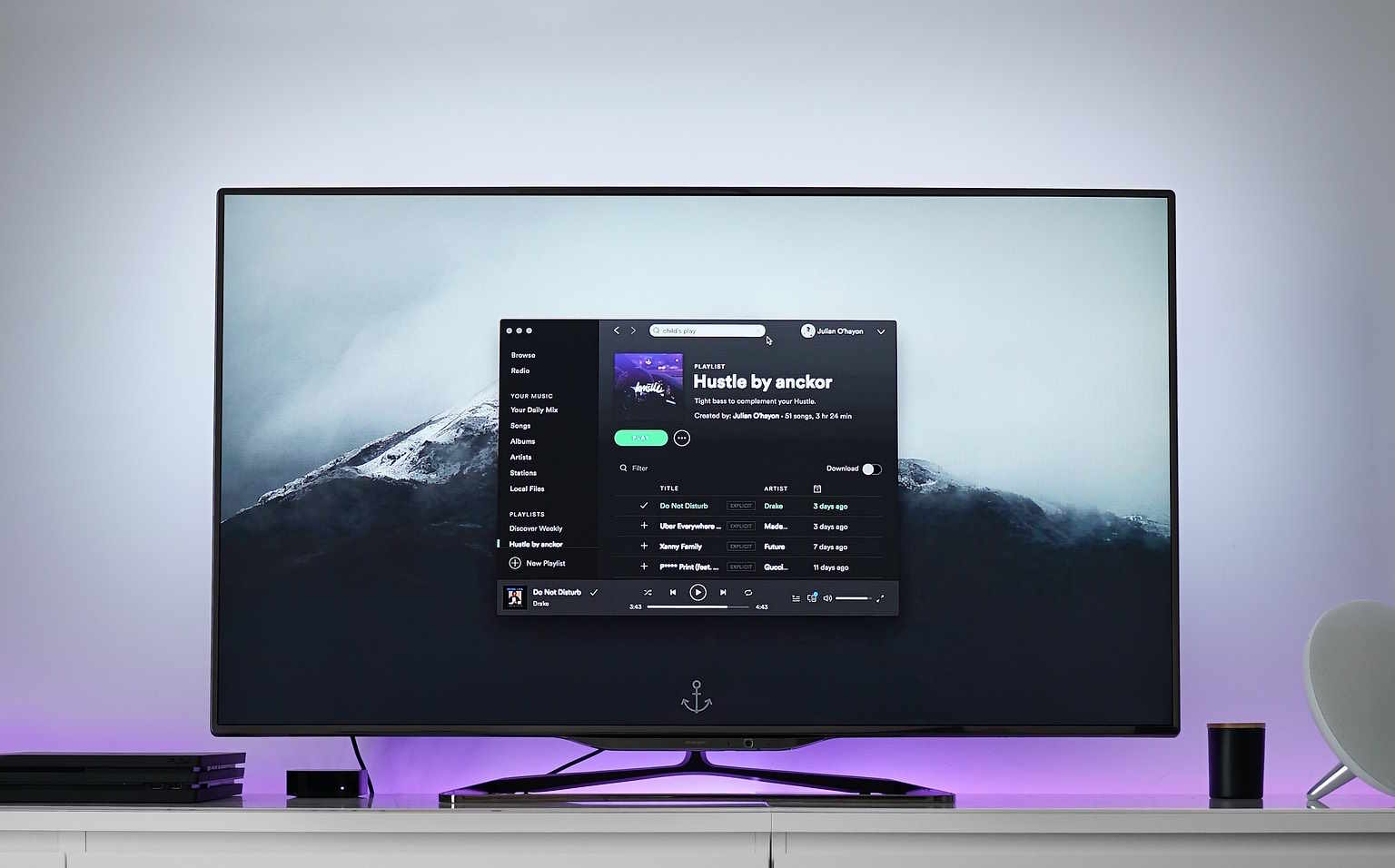The First Amendment: A Modern Perspective
The First Amendment, a cornerstone of American democracy, continues to shape and be shaped by contemporary events. Its interpretation and application in today's digital age raise intriguing questions. Read below to delve into the complexities of the First Amendment in the modern context.

The First Amendment: A Brief Overview
The First Amendment to the United States Constitution, ratified in 1791, guarantees five fundamental freedoms: religion, speech, press, assembly, and petition. These freedoms form the bedrock of American democracy, ensuring citizens’ rights to express their views and beliefs without government interference. However, the interpretation of these freedoms has evolved over time, particularly with the advent of new technologies and societal changes.
Freedom of Speech in the Digital Age
The digital age has significantly impacted the interpretation of freedom of speech. With the rise of social media platforms, the line between protected speech and harmful content has become increasingly blurred. Courts are grappling with questions such as whether social media platforms are public forums and to what extent they can regulate content. The Supreme Court’s recent rulings have emphasized the importance of protecting digital speech, even when it may be offensive or controversial.
Freedom of Religion: Balancing Rights and Responsibilities
Freedom of religion, another crucial aspect of the First Amendment, has also faced challenges in the modern context. The tension between religious freedom and other societal values, such as non-discrimination and public health, has led to contentious legal battles. Recent cases have examined the extent to which religious beliefs can exempt individuals or businesses from laws that conflict with their faith.
Freedom of Press: Navigating New Frontiers
The freedom of the press, vital for a functioning democracy, is navigating new frontiers in the digital era. Traditional media outlets are grappling with the rise of online news platforms and the challenges of disseminating information in an age of “fake news.” The legal protections for journalists have also come under scrutiny, particularly regarding the confidentiality of sources and the right to access information.
Freedom of Assembly and Petition: Adapting to Modern Protests
The freedoms of assembly and petition have also adapted to modern forms of protest. From online petitions to virtual protests, citizens are finding new ways to exercise these rights. However, these developments raise questions about the limits of these freedoms, particularly when protests lead to violence or disrupt public order.
Useful Tips and Facts:
- The First Amendment applies to all levels of government, not just the federal government.
- The Supreme Court has ruled that the First Amendment protects not only the content of speech but also the means of expression.
- Freedom of religion does not give individuals or businesses a blanket exemption from laws that conflict with their religious beliefs.
- The freedom of the press does not grant journalists absolute immunity from legal consequences.
- The right to assemble and petition the government extends to peaceful protests, not violent or disruptive actions.
Conclusion
The First Amendment, while rooted in the 18th century, continues to evolve in response to modern challenges. Its interpretation in the digital age raises complex questions that courts and legal scholars are still grappling with. As technology and society continue to evolve, so too will our understanding of these fundamental freedoms. The ongoing dialogue around the First Amendment reflects the dynamic nature of the Constitution and its enduring relevance in protecting citizens’ rights.






